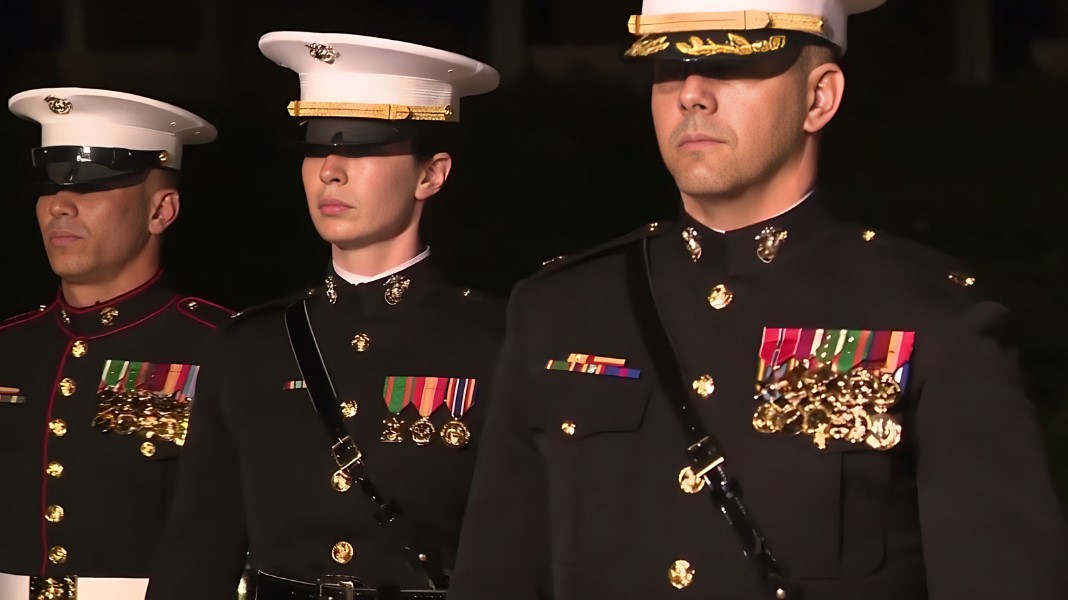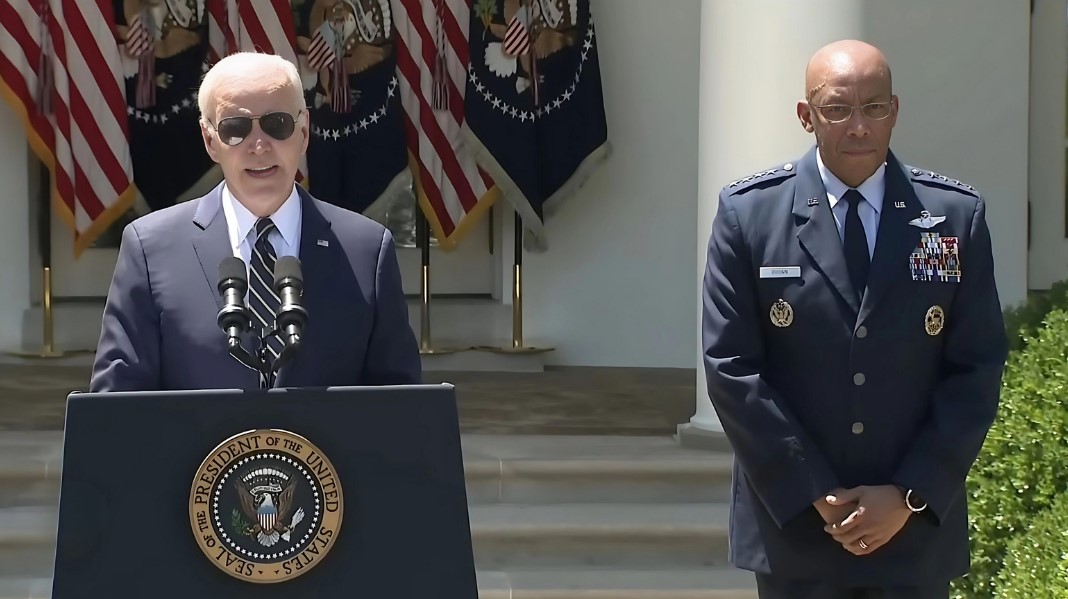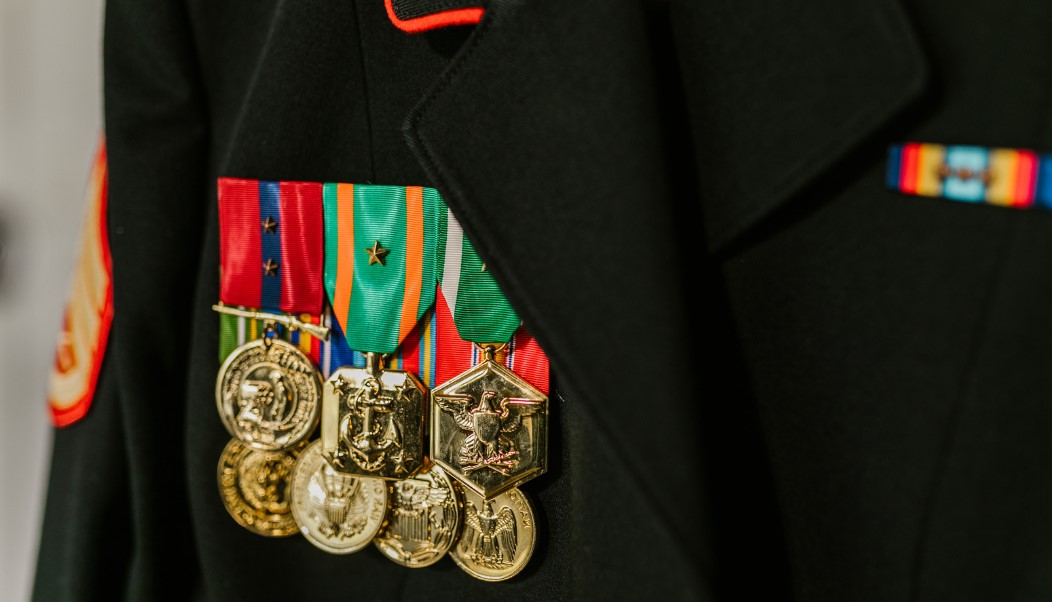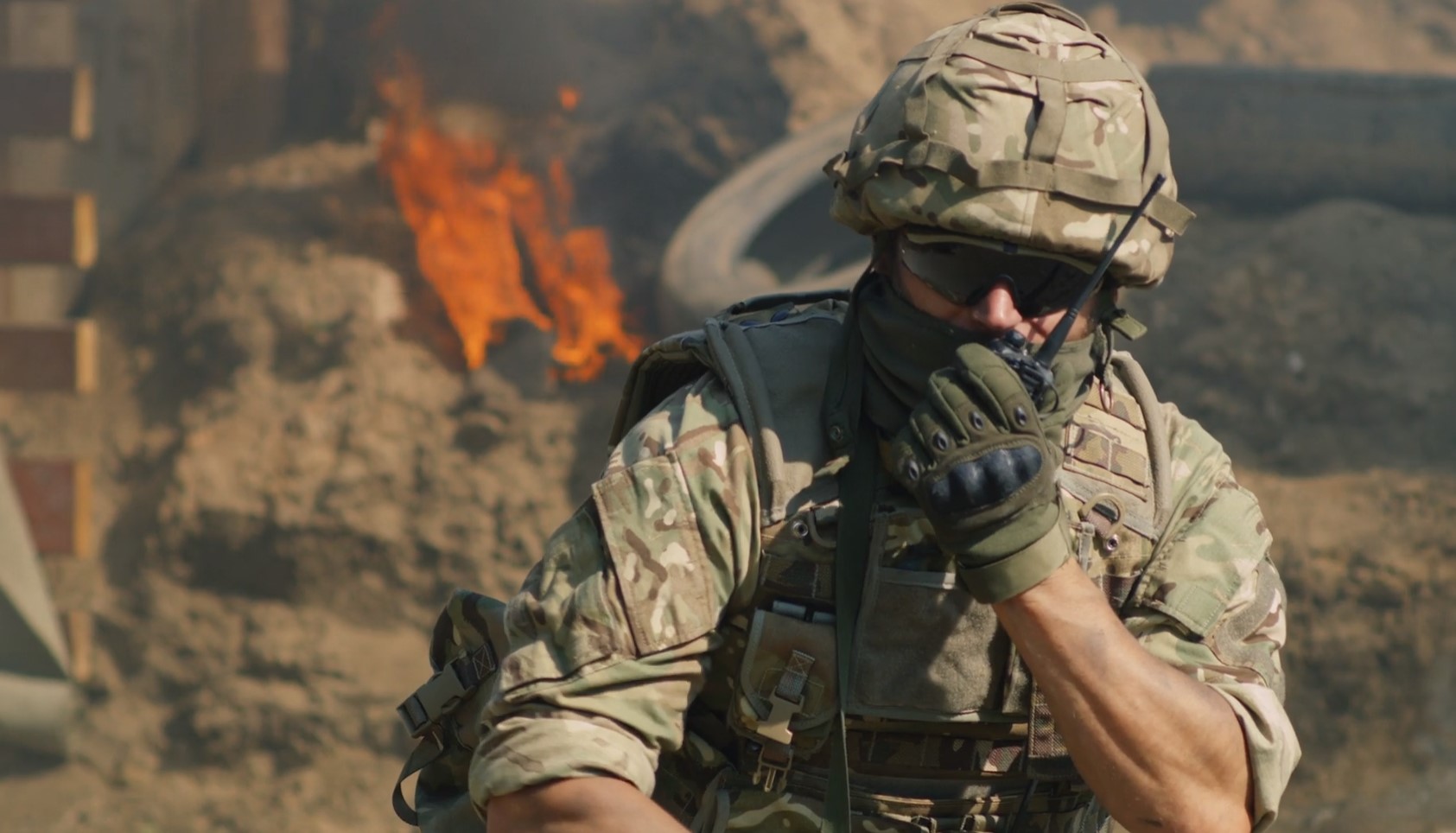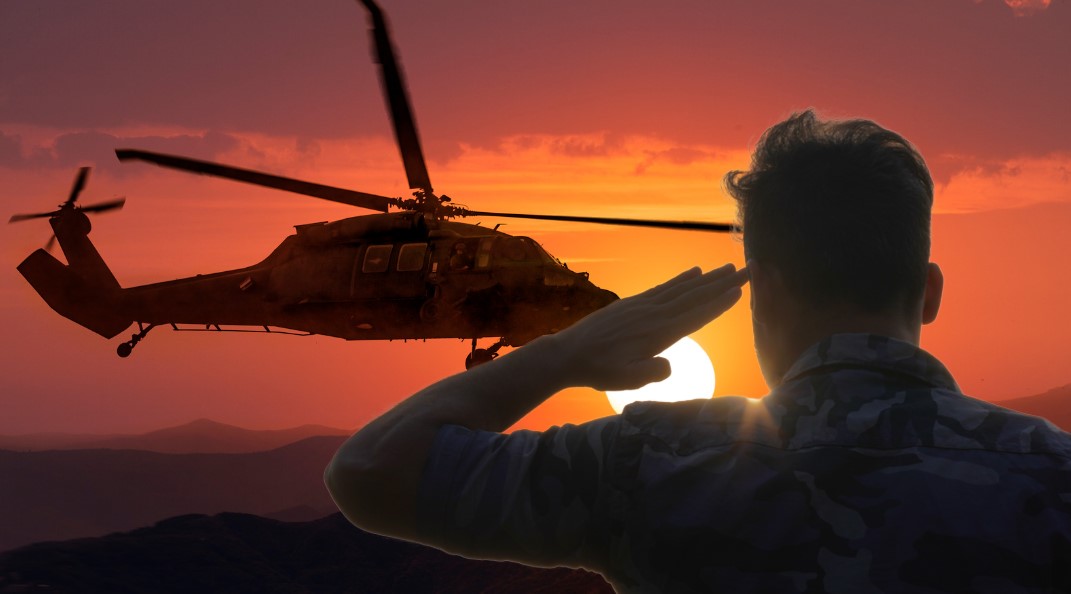The US Military is structured into several branches, including the Army, Navy, Marine Corps, Air Force, and Space Force. Each branch has a specific hierarchy of officer ranks, and at the top of this structure are the general officers.
- US Army generals is 231
- US Navy generals is 162
- US Air Force generals is 198
- US Marine Corps generals is 62
Totaling of 653
General officers hold ranks from one-star brigadier generals to four-star generals in the Army, Air Force, and Marine Corps, while the Navy equivalents are rear admirals lower half to full admirals.
These officers possess substantial responsibilities which include leading large units, making strategic decisions, and overseeing military operations. They also represent the military’s highest level of command and have considerable influence over military policy and national defense.
Key Takeaways
- The U.S. military, comprising five branches, is led by 653 general officers.
- Generals are pivotal in leadership, strategic decision-making, and overseeing operations.
- Becoming a general involves paths like the USMA, ROTC, OCS, and direct commission.
- The highest military rank, four-star general, is for those in key positions, selected through a rigorous process involving the President and Department of Defense.
- Civilian oversight of the military is maintained through legislative actions.
- Generals have historically and currently played crucial roles in military strategy.
US Military Structure
The United States military is a complex organization structured to provide national defense across various domains—land, sea, air, and space. It consists of five main service branches:
- Army
- Navy
- Air Force
- Marine Corps
- and the recently established Space Force.
Each branch serves a specific operational role but works in conjunction under the coordinated oversight of the Department of Defense (DoD).
The Army is the oldest and largest branch, responsible for ground-based military operations.
It is complemented by the Navy, which handles warfare at sea and has the unique ability to project power across the oceans.
Marine Corps, often working closely with the Navy, specializes in amphibious operations and rapid response.
Air Force focuses on air superiority, space operations, and strategic deterrence, while the Space Force, as the newest branch, is tasked with organizing, training, and equipping space forces.
Organizationally, these branches fall under the jurisdiction of the Department of Defense, headed by the Secretary of Defense and further subdivided into various departments and commands.
Strategic direction is provided by the Joint Chiefs of Staff, a body of senior military leaders advising the President and the Secretary of Defense according to this Gov source.
Each service branch also maintains its own civilian-led executive department, ensuring civilian control over military operations as highlighted by JSTOR. Together, they form an integrated and adaptive military structure capable of responding to a spectrum of global challenges.
Rankings of General Officers
1. Brigadier General
Serving as the second-in-command to the Commanding General of a division, the Brigadier General assists in overseeing the planning and execution of all missions as noted by Military Rankings. In the context of an infantry brigade, this role is filled by the Brigadier General as the unit commander, with a Colonel serving as the deputy commander. In the Navy, they are known as rear admirals, lower half.
2. Major General
A Major General leads division-sized units comprising 10,000 to 20,000 soldiers and may also act as the deputy commander of a Corps. This rank involves responsibilities such as branch chief for various Corps like Infantry, Armor, or Quartermaster, and serving as commandants in Army schools. Major Generals may also command major Army organizations like TACOM and the Army Intelligence & Security Command.
3. Lieutenant General
The role of Lieutenant General encompasses commanding corps-sized units, which include 20,000 to 45,000 soldiers. Additionally, a Lieutenant General might hold a senior staff officer position within major command headquarters or operate as a department head at the Pentagon. The Navy equivalent of this rank is vice admiral.
Interesting Fact: Superintendents of US service academies hold the rank of lieutenant general.
4. General
A General oversees all military operations within a designated geographical area and occupies the most senior position within the Department of Defense (DoD). Key positions for Generals include Chief of Staff and the Chairman and Vice-Chairman of the Joint Chiefs of Staff.
Throughout the history of the US Army, there have been 248 individuals who have reached the rank of 4-star general as noted by CFR. Of these, 234 were promoted during their active duty in the branch, 8 received their rank upon retirement, 5 were posthumously promoted, and 1 served in the Continental Army, the predecessor of the US Army.
Interesting Fact: George Washington holds the distinction of being the sole General appointed in the Continental Army.
The 248 4-star generals also joined the Army from different routes.
- 157 were commissioned through the USMA (US Military Academy)
- 50 through the ROTC (Reserve Officer Training Corps) at a civilian institution
- 16 through direct commission, 13 through OCS (Officer Candidate School)
- 8 through ROTC at a senior military institution
- 1 through ROTC at a junior military institution
- 1 through direct commission in the ARNG (Army National Guard)
- 1 through the aviation cadet initiative, and
- 1 through battlefield commission
5. Four-Star Generals
Four-star generals hold the highest rank typically attainable in the U.S. military. This rank is reserved for officers holding positions of significant responsibility, and there are only a select number of these positions available, making this rank quite exclusive. In the Navy, officers of this rank are known as admirals.
List of 4-Star Generals: Historical to Present
| General’s Name | Tenure | Path to Rank | Era |
|---|---|---|---|
| George Washington | 1775-1783 | Direct | Revolutionary |
| Ulysses S. Grant | 1864-1869 | West Point | Civil War |
| William Tecumseh Sherman | 1869-1883 | West Point | Post-Civil War |
| Philip Sheridan | 1883-1888 | West Point | Late 19th Century |
| Tasker H. Bliss | 1917-1919 | West Point | World War I |
| John J. Pershing | 1917-1924 | West Point | World War I |
| Peyton C. March | 1918-1921 | West Point | World War I |
| Charles Pelot Summerall | 1926-1930 | West Point | Interwar Period |
| Douglas MacArthur | 1930-1951 | West Point | WWII to Korean War |
| Malin Craig | 1935-1945 | West Point | World War II |
| Austin S. Miller | 2018 – Present | West Point | Contemporary |
| Michael X. Garrett | 2019 – Present | ROTC | Contemporary |
| Richard D. Clarke | 2019 – Present | West Point | Contemporary |
| Paul E. Funk II | 2019 – Present | ROTC | Contemporary |
| Paul J. LaCamera | 2019 – Present | West Point | Contemporary |
| Edward M. Daly | 2020 – Present | West Point | Contemporary |
| Daniel R. Hokanson | 2020 – Present | West Point | Contemporary |
| James H. Dickinson | 2020 – Present | ROTC | Contemporary |
| Christopher G. Cavoli | 2020 – Present | ROTC | Contemporary |
| Charles A. Flynn | 2021 – Present | ROTC | Contemporary |
| Laura J. Richardson | 2021 – Present | ROTC | Contemporary |
What Are the Roles And Responsibilities of General Officers?
General officers are the pinnacle of military leadership and command. They are responsible for large units and have a broad scope of influence over their service’s operations. These highly ranked officers lead from the front, setting standards for discipline, training, and combat readiness.
Brigadier Generals, Major Generals, Lieutenant Generals, and full Generals typically oversee thousands of personnel and large military installations or divisions, each progressively responsible for larger and more complex formations.
Joint Positions and Combatant Commands
At the joint level, General officers may serve as Combatant Commanders or in senior positions within the Joint Chiefs of Staff. They manage joint military efforts across different branches, ensuring interoperable and coordinated actions in various operational theaters.
The U.S. military’s unified combatant commands, such as U.S. Space Command, Africa Command, Central Command, Cyber Command, Pacific Command, European Command, Northern Command, and Special Operations Command, are each led by a four-star General or Admiral who reports directly to the President and Secretary of Defense according to DOD.
Strategic Planning and Advice
General officers are instrumental in strategic planning and providing military advice to national leaders. They analyze potential threats, create military strategies to deter or contain conflicts, and ensure the U.S. military remains a dominant force globally. Generals engage in complex evaluations of geopolitical situations and defense resources, offering expert advice to the President, Secretary of Defense, and National Security Council to shape the nation’s military and security policies.
How To Become A General?
Individuals may obtain a commission in the United States Army, Air Force, and other branches through several avenues. The United States Military Academy (USMA) at West Point and the Air Force Academy offer rigorous four-year programs culminating in a Bachelor of Science degree and a commission as a second lieutenant.
Alternatively, students may enroll in the Reserve Officers’ Training Corps (ROTC) at civilian colleges, leading to a commission upon graduation. There’s also the Officer Candidate School (OCS) that serves college graduates who did not participate in ROTC or attend a military academy.
Promotion and Advancement
The trajectory from officer to general is marked by successive promotions, typically beginning as a second lieutenant. Officers are evaluated on their leadership abilities, job performance, and potential to handle greater responsibilities.
Promotion to general officer ranks— brigadier general, major general, lieutenant general, and general—requires a demonstrated record of exceptional service, leadership, and the endorsement of senior military leadership.
Each promotion brings increased responsibility and typically involves a selection board process.
Senior Leadership Selection
To reach the general officer ranks in the United States military, officers must distinguish themselves markedly from their peers.
The selection for one-star general and above is a highly competitive process, influenced by an officer’s service record, leadership performance, education, and professional military education.
These selections are often approved at the highest levels, including the Department of Defense and the President of the United States. Advancement to four-star general requires nomination by the President and confirmation by the Senate.
The roles and responsibilities of general officers vary significantly across different services and commands within the Army and the Air Force.
What Roles Have Specific Generals Played in History?
The United States Army has had many generals who played pivotal roles in shaping world history through their military leadership and strategic acumen. During World War II, General Dwight D. Eisenhower served as Supreme Commander of the Allied Expeditionary Force in Western Europe, orchestrating the successful D-Day invasion and subsequently the defeat of Nazi Germany as per National Archives.
Another significant figure was General George C. Marshall, who, as Army Chief of Staff during World War II, oversaw the U.S. Army’s expansion from a modest force to one of the most powerful in history. He later served as Secretary of State, crafting the Marshall Plan which helped to rebuild Europe after the war.
Moving towards a more contemporary context, General Lloyd J. Austin’s pioneering leadership merits mention.
He was the first African American to command an American combat brigade in Iraq, and later, the United States Central Command. Austin’s strategies were influential in the fight against the Islamic State.
| General | Combat Role | Notable Achievement |
|---|---|---|
| Dwight D. Eisenhower | Supreme Commander, Europe | Led D-Day, defeated Nazi Germany |
| George C. Marshall | Army Chief of Staff | Expanded U.S. Army during WWII |
| Vincent K. Brooks | Commander, U.S. Army Pacific | Managed military relations with China |
| Lloyd J. Austin | Commander of U.S. Central Command | First African American combat brigade commander in Iraq, opposed Islamic State |
General Vincent K. Brooks, as the Commander of the U.S. Army Pacific, had a significant role in managing military relations with China, ensuring regional security through diplomatic and military channels.
Generals of the United States Army have been essential in executing wartime strategies and maintaining global peace and security. Their roles often transcended beyond mere combat, impacting diplomatic and geopolitical landscapes worldwide.
Retirement and Post-Military Careers
Upon retiring from the military, many generals transition to new career paths, leveraging their leadership experience and extensive networks. Retirement from military service often comes with a transition period where these leaders must navigate their entry into civilian roles.
Career Paths
- A significant number find opportunities within the defense industry. Many retired four-star officers take on roles as board members or advisers to various defense contractors.
- Some generals pursue federal civil service positions, which allow them to continue contributing to government operations outside of uniformed service.
Statistics
- While definitive numbers vary, reports indicate a pattern of military leaders joining the defense industry. For example, a Government Accountability Office report noted that over 1,700 military and government officials transitioned to the defense sector over five years according to Responsible Statecraft.
Challenges and Considerations:
- The transition from military to civilian roles, especially in the defense industry, is often scrutinized to ensure ethical compliance and the avoidance of conflicts of interest.
- Adapting to the civilian sector can be challenging, requiring generals to acclimate to different organizational cultures and operational tempos.
Military and Defense Budget
The pay grade of military personnel, including generals, is an integral part of the defense budget. Generals are at the top of the military pay scale, receiving salaries under their rank and years of service. In addition to the base pay, they are eligible for various allowances and benefits, which can include housing, healthcare, and retirement plans.
These compensations are part of the overall budget managed by the Department of Defense and are factored into the annual financial planning for the military.
Funding for these expenses comes from the overall defense budget, which includes both the base defense budget and supplemental war funding.
The Defense Health Agency, for instance, is responsible for the administration of healthcare benefits to service members, which is a significant line item in the overall budget. Pay grades and associated allowances are categorized and standardized across the military branches to ensure uniformity and equity in compensation.
Legislative and Civilian Oversight
The Senate Armed Services Committee plays a critical role in overseeing the U.S. military, including its general officers.
This committee is responsible for holding hearings that review and evaluate military activities and policy, and it also considers nominations of the President for positions such as Secretary of Defense and the Joint Chiefs of Staff as reflected in this source.
Detailed discussions and testimonies can focus on the appropriateness of the number of generals based on current defense strategies and global commitments.
National Defense Authorization Act
The National Defense Authorization Act (NDAA) is a key piece of legislation that specifies the budget and expenditures of the Department of Defense. One of its purposes is to regulate the size and structure of the military, which may include a stipulation on the number of generals.
For example, the 2017 NDAA included a provision to reduce the number of generals, aiming to streamline military efficiency and adapt to modern needs.
Role of the President
The President of the United States, as Commander-in-Chief, wields direct authority over the military but works within the constraints of policies and laws enacted by Congress. The President’s influence extends to appointing the most senior military leaders, upon the advice and consent of the Senate, thereby influencing military practices and the culture of leadership. Civilian control is further maintained by the President’s ability to set broader defense-related policies that shape military operations and strategy.
Frequently Asked Questions
Final Words
General officers in the U.S. Military are pivotal to national defense and global security. Their strategic leadership, extensive responsibilities, and commitment to service underpin the effectiveness and readiness of the armed forces.
As defense challenges evolve, so will the roles of these high-ranking officers, ensuring the U.S. Military remains adaptable and capable of addressing future threats.

